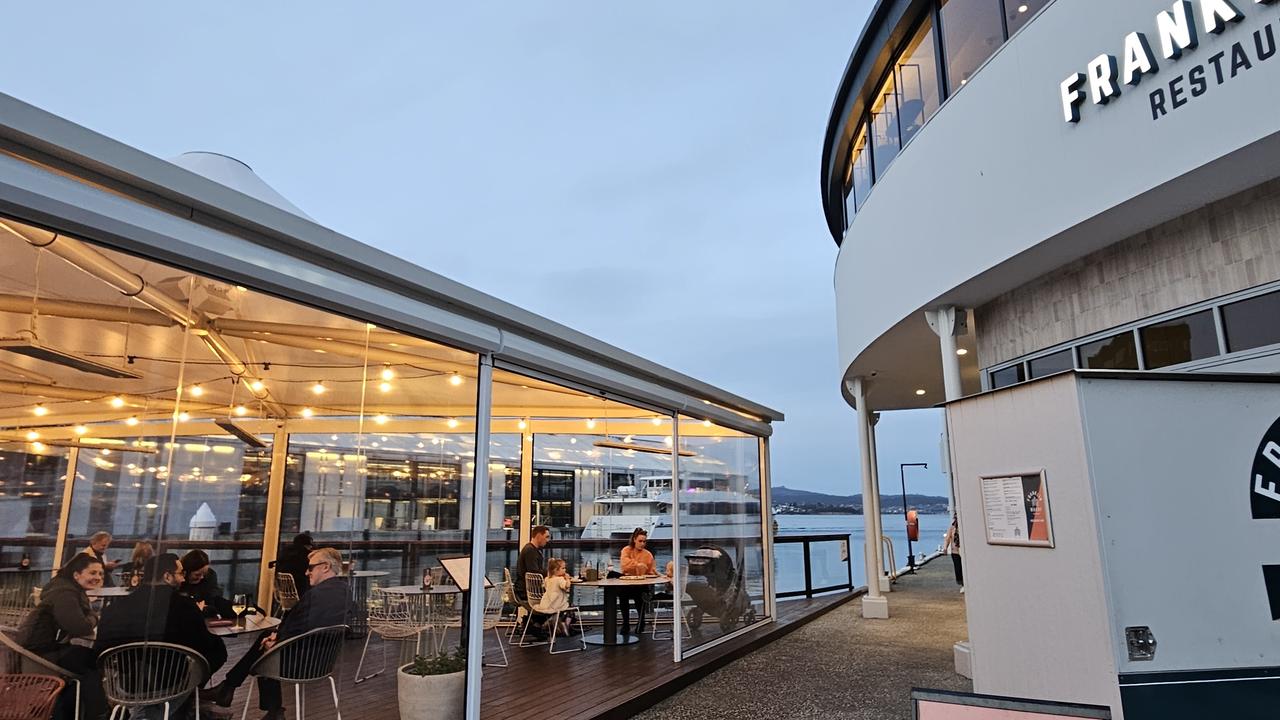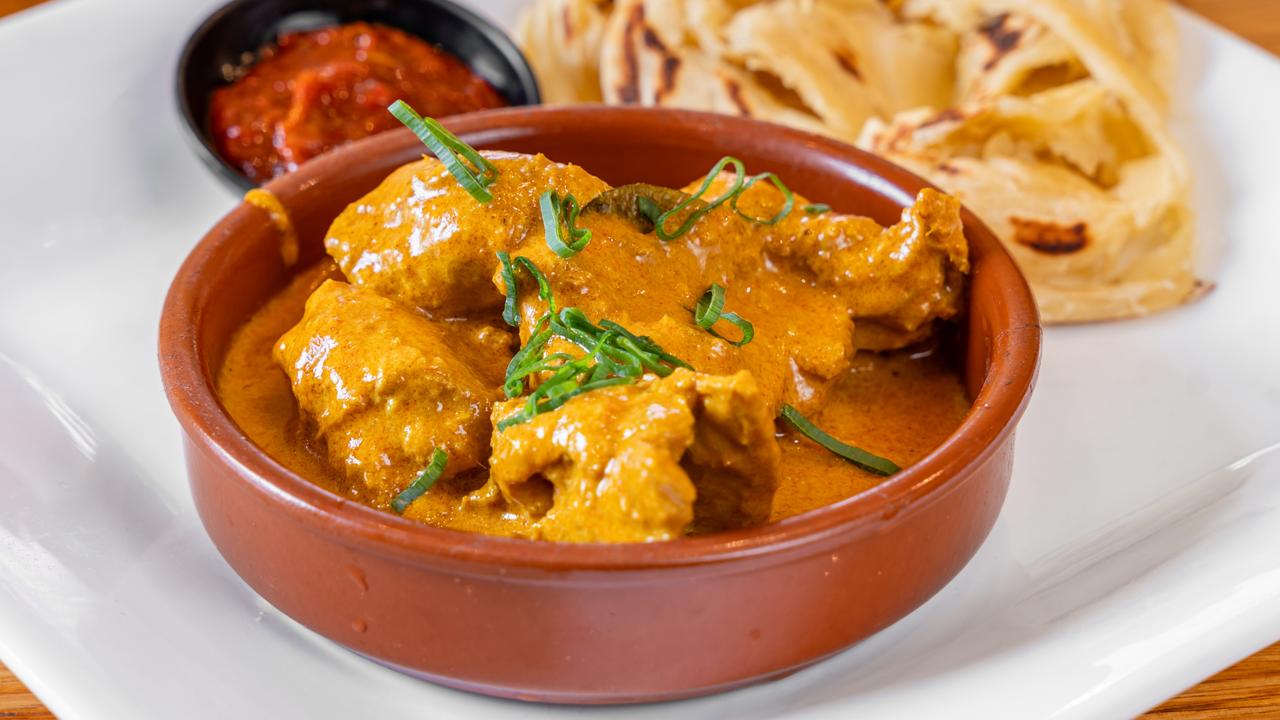TasWeekend: Kindred spirits in Tasmanian whisky industry
TASMANIA’S burgeoning whisky industry is cementing its place on the world stage.
Food and Wine
Don't miss out on the headlines from Food and Wine. Followed categories will be added to My News.
EVERYONE wants to sit beside Bill Lark as we climb into the cabin of our small plane, destined for the South-West wilderness. After all, he’s the one with the whisky tucked under his arm.
A small crew is flying down to celebrate victories at the recent Qantas Australian Tourism Awards, among them Rob Pennicott (now an “Australian Tourism Legend”) and Par Avion director Shannon Wells, who is doubling as our pilot. On arrival in the South-West, Lark cracks open the wooden box he has been cradling to reveal his prized single malt Distiller’s Selection.
Lark was last at Melaleuca 15 years ago, in his previous career as a surveyor. Today, we celebrate his return with a dram. It is unlikely whisky could taste better than in the wilds of South-West Tasmania, poured by a 2015 inductee into the Whisky Hall of Fame in London. As he pours into takeaway coffee cups, no less, it is clear Lark is not stuffy or pretentious about his world-class drop.
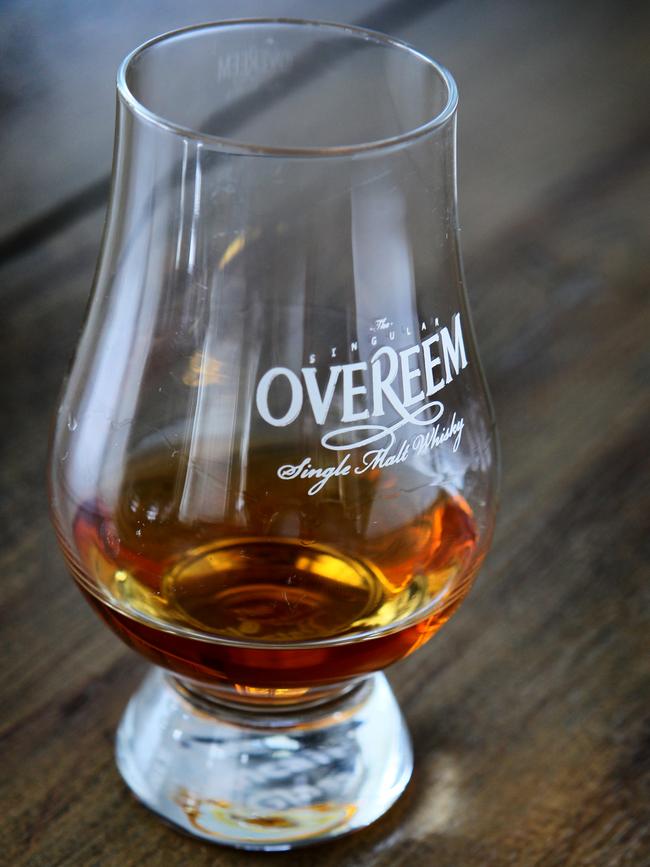
Well-known for whispering words of wisdom into the ear of any upcoming distillery on the island, and indeed across the country, Lark is undoubtedly the godfather of Australian whisky.
As the industry he jump-started blossoms around him, he sees fellow enthusiasts adding depth and colour to the field. Did Lark nod when someone said he should make a Melaleuca whisky? We can only hope. In a place that’s home to arguably the purest water on the planet, his method and peat bog location will be held in South-West silence.
A few weeks later, we meet again at Lark’s cellar door near the Hobart waterfront, when I join a day-long Tasmanian Whisky Tour. It begins with Lark’s “breakfast whisky”, a Classic Cask Strength Single Malt. As we sip, we hear the story of how Lark was on a fly-fishing trip in the Central Highlands when the idea of making whisky dawned. Looking out over barley fields, fresh water flowing from the Clyde River and peat bogs just up the road, it occurred to him that Tasmania possessed all the ingredients for world-class whisky.
Lark worked on getting the 1901 Distillation Act amended – Governor Franklin outlawed distilling in Van Diemen’s Land in 1839 – and shortly afterwards had the copper still that is sitting right beside us today commissioned for his basement. Making whisky is a slow process. Lark whisky takes years to reach the bottle. Though it takes only seven days to ferment and a couple of days distilling in copper pot stills, it takes five to six years in the barrel to mature.
“From this point we ask two questions,” explains Lark chief executive Troy Trewin. “Is it ready? And what is the best strength? We don’t use a lab. Each barrel is manually tasted by three experts and super whiskies are set aside for our limited release range.”
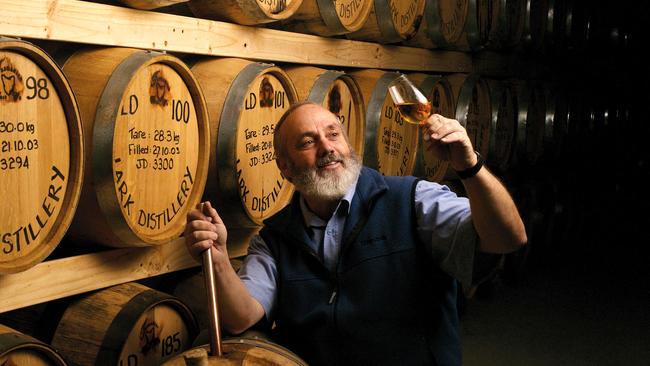
Lark produced his first barrel in 1992, in effect launching a Tasmanian industry that is now being hailed as the whisky isle of the southern hemisphere. The drip has become a stream. Over the past two years there has been unprecedented growth as the pioneers are joined by new distillers.
Lark, Nant, Overeem, Hellyers, Redlands Estate, Belgrove and William McHenry, to name a few, are well established. And it seems likely that by the end of this year there will be 15 distilleries operating in the state, and potentially 20 by the end of next year.
“When the new distilleries come online in the next 12 to 18 months we will have overtaken Ireland in the number of distilleries we have here in Tasmania,” says Trewin. “Of course, they have more in the pipeline, too, but it’s testament to the thriving industry we have here.”
Trewin says as well as new distilleries at Fannys Bay just out of Weymouth and Forcett there are two new distilleries slated for Launceston, one for Devonport and one on King Island. At this rate, Tasmanian Whisky Tours’ Brett Steel will have new distillery destinations for his guests to visit for years to come.
Tasmania lends itself to whisky production both in resources, climate and a tourism industry that’s increasingly focused on artisan, boutique experiences. Though Lark is planning to quadruple barrel production in the coming years, the small batch, hand-labelled philosophy remains.
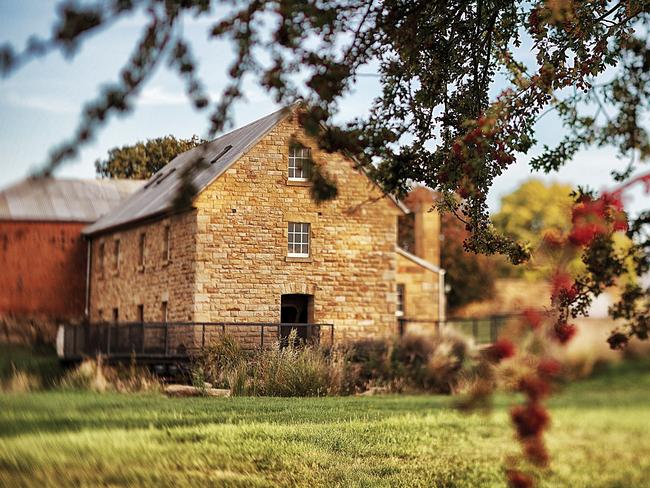
Whisky enthusiasts are drawn to Tasmania in part because of this commitment to traditional, time-honoured techniques. There’s also a growing clientele for whisky bars, some of which are at the distillery sites, and the “clubby” feeling that comes from, say, having a share in a barrel or your own bottle kept at your favourite bar.
At local distilleries and whisky bars, customers can speak directly with distillers. It’s personal. “People love coming to our cosy cellar door,” says Lark marketing manager Jane Overeem. “It’s about providing a boutique, intimate experience. If they want to know about Tasmania’s whisky heritage they can learn about it across our walls or ask the barman over a Lark Old Fashioned.”
Sullivans Cove Distillery at Cambridge, the second stop on our day’s whisky tour, is another boutique distiller riding high. The moment we enter the distillery, we’re hit with thick wafts of whisky. About 800 barrels of aroma, in fact. But not just any barrels. Sullivan’s Cove French Oak Cask was named the world’s best single malt in London’s World Whiskies Award last year.
The tastings are poured into Glencairn crystal whisky glasses, Scottish crystal ware that is supplied to the royal family. In the belly of the distillery, bottles are individually labelled and 20-litre casks are kept for their owners – lucky recipients who have a personal batch of a Sullivan’s Cove single malt of their choosing.
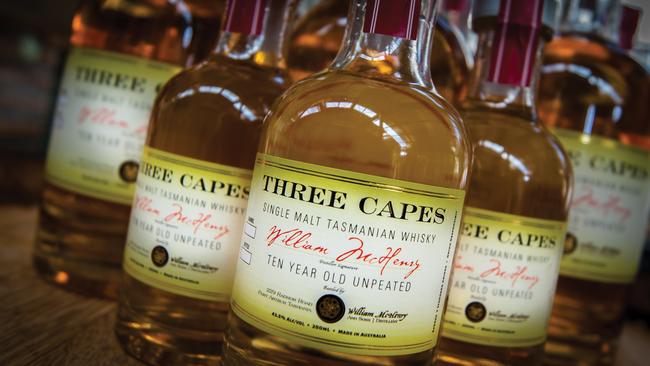
Another rising star of the scene is William McHenry’s distillery, just beyond Port Arthur Historic Site and our final stop of the day. We’re met with warm handshakes and Daisy the distillery labrador on arrival. Bill McHenry bundles us into his ute and drives straight up the hill to show us his secret water source while there’s a break in the rain. Down a damp forest track, we sample his spring water in crystal glasses. The spring has been here for eons and is the reason McHenry chose this site for his distillery; it’s the DNA for all his spirits. Bubbling up through ancient dolerite, it is the smoothest water I have ever sipped. They call the alcohol that evaporates from casks during maturation the ‘angel share’ but it seems McHenry has more than his share of angel water to compensate.
At one point, he casually points across to a makeshift bed in the rustic surrounds. This pullout ensemble is where he regularly sleeps when he has to monitor the still overnight, away from his family in Hobart and no matter how wintry the conditions. That’s the sort of passion that drives Tasmania’s whisky makers.
For more great lifestyle reads, pick up a copy of TasWeekend in your Saturday Mercury

